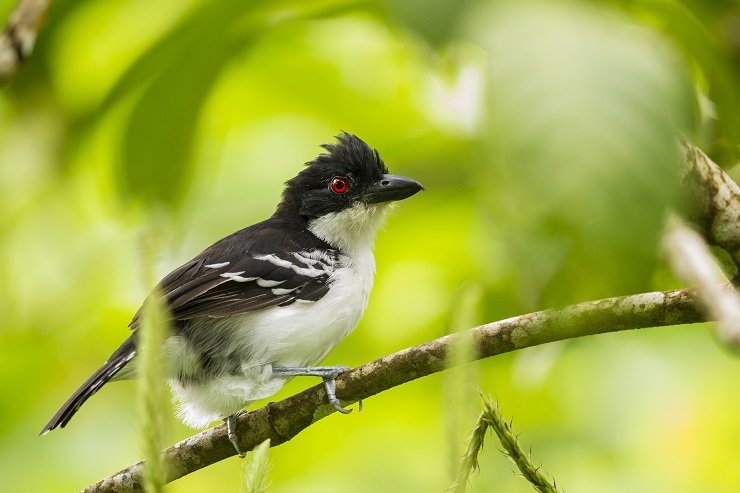
In my last post here, I spoke of a rather odd trend permeating the birdlife here in Trinidad & Tobago. Many species seemed to come in threes, and today I shall continue my examination of these.
Three species of antshrikes are resident in T&T. These endearing birds are almost always found in pairs or small family groups, and I often have difficulty deciding which bird to photograph as both males and females are equally beautiful.
Barred Antshrikes are common and widespread across both Trinidad and Tobago, in fact it is the only antshrike found on Tobago. Once there is sufficient vegetation to support their voracious appetite, they shall be present.
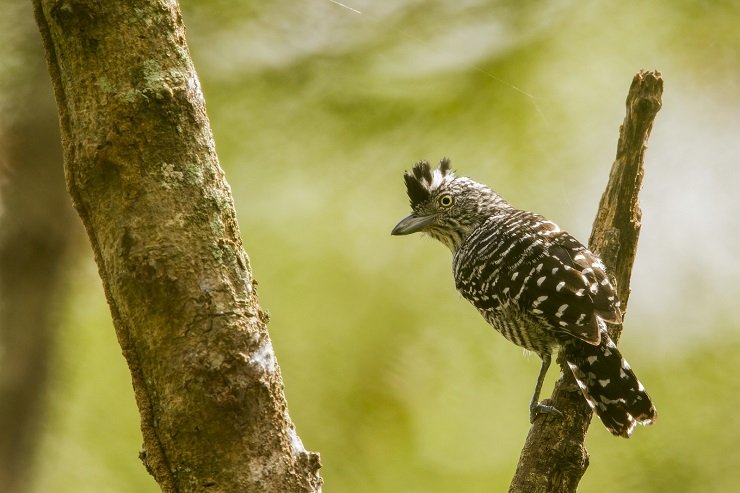
The male Barred Antshrike is often called “jailbird” for its stripes.
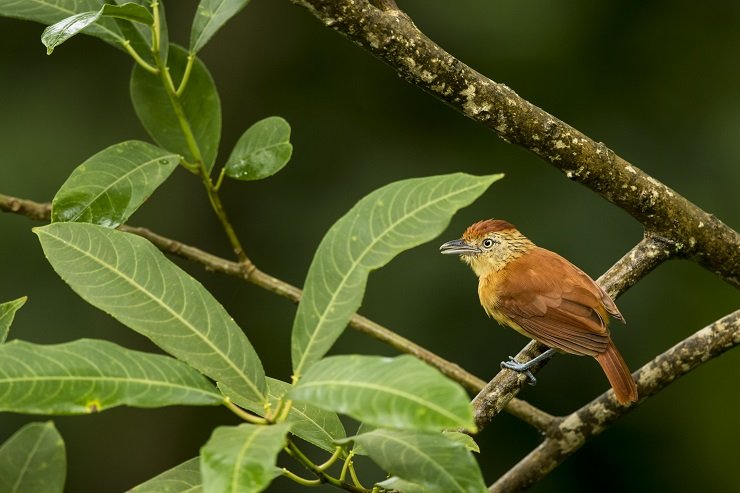
Barred Antshrike (female)
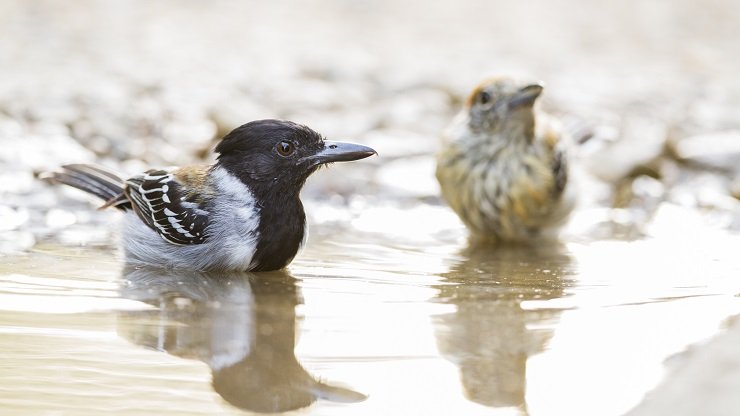
The Black-crested Antshrike is not picky in terms of habitat, but has a noted preference for mangroves. As with most members of this family, males and females are rarely found far from each other.

The largest and most striking of the three antshrikes in T&T is the aptly named Great Antshrike. It took me a few years before I was able to see one properly, and the wait was definitely worth it.
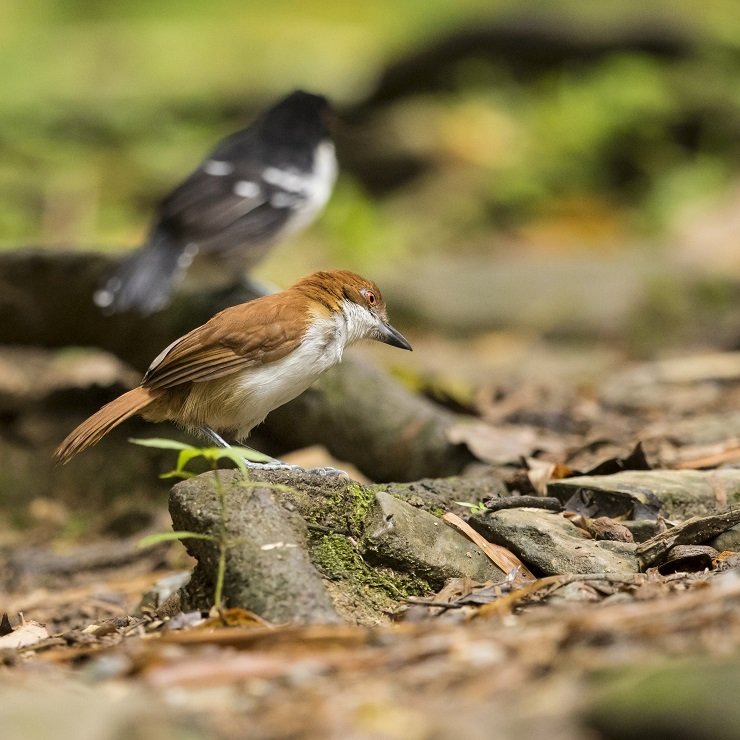
Out of the three species of antshrikes described here, only the Great Antshrike seems to be an ardent follower of army ant swarms.
Please bear with me for these weeks as we have not been out birding due to strict lockdown measures.













Leave a Comment